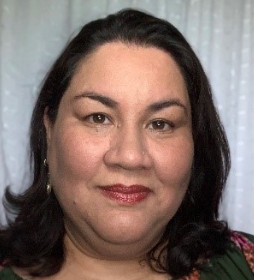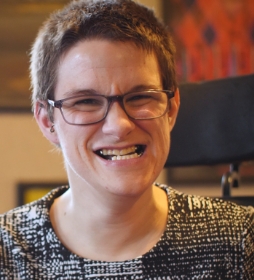Blueprint for Change
The Blueprint for Change is a national framework for a system of services for CYSHCN. The development of the Blueprint for Change was spearheaded by the Health Resources and Services Administration (HRSA)’s Maternal and Children Health Bureau, and was presented in a supplemental issue of the journal Pediatrics.
Elements of the Blueprint for Change: These components are necessary in order for CYSHCN to enjoy a full life and thrive in their community from childhood through adulthood.






